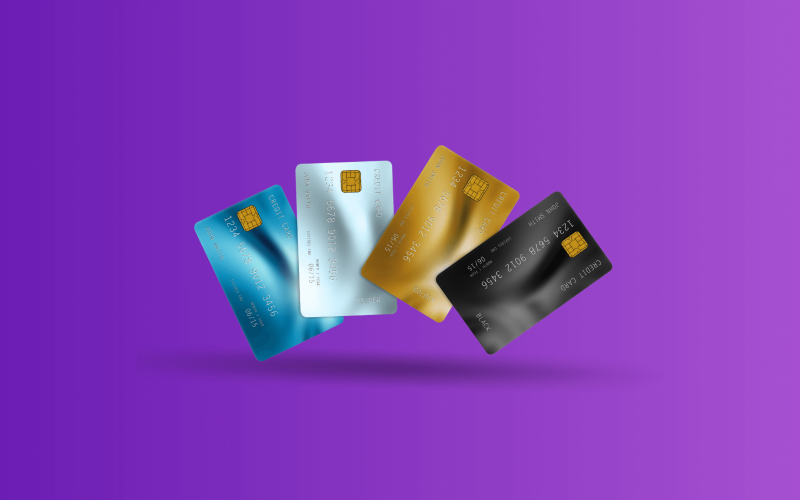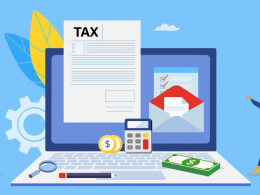Navigating the labyrinth of payments can be daunting for merchants. Amidst various payment methods, partners, and channels, the quest for efficient payment management remains constant. What if there was a way to bring all these fragments under one roof, simplifying processes and streamlining workflows?
Enter payment orchestration – the unsung hero of the payments world. Payment orchestration is a transformative strategy that centralizes and optimizes payment flows across multiple providers, empowering merchants with unrivaled control over their payment ecosystem.
In this article, we take a deep dive into the world of payment orchestration, including a detailed guide on the crucial elements merchants should consider when choosing a payment orchestration platform, and showing you how to leverage payment orchestration to:
- Enhance efficiency
- Boost revenue growth
- Deliver unparalleled payment experiences
Contents:
1. What is payment orchestration?
2. What is the difference between a platform for payment orchestration and payment gateway solutions?
3. What are the top benefits of orchestrating payment for a merchant?
4. What should merchants look for in a platform for payment orchestration?
5. How can merchants increase their revenue by using a payment orchestration platform?
What is payment orchestration?
We’ll start from the very beginning, by breaking down the essential concepts of payment orchestration and its importance for merchants, especially in the ecommerce industry.
Payment orchestration refers to the strategic process of centralizing and optimizing payment flows across multiple payment providers. Through a unified platform, payment orchestration empowers merchants to efficiently manage various payment methods, payment partners, and channels.
By consolidating payment operations, merchants can simplify workflows and routing logics, reduce complexity, and enhance overall payment performance.
Overall, payment orchestration enables seamless connectivity between merchants, customers, and payment providers, ensuring a smooth and secure transactional experience.
What is the difference between a platform for payment orchestration and payment gateway solutions?
Payment gateway solutions and payment orchestration platforms serve different purposes in the payment processing ecosystem, although they often work together to provide a seamless payment experience.
Payment gateways are service providers that facilitate electronic transactions between merchants and their customers. They securely transmit the customer’s payment information (such as credit card details) from the point of transaction (like a website’s checkout page) to the issuing bank or the payment processor for authorization and, finally, to the merchant’s bank for payment. They act as a bridge between the customer, merchant, and banks involved in the transaction.
Payment orchestration, on the other hand, provides a layer above payment gateways or payment service providers (PSPs). These platforms allow merchants to connect with multiple payment gateways, PSPs, and acquirers through a single interface, simplifying payment management. This offers merchants greater flexibility, control, and efficiency in their payment operations.
Here are some of the main differences:
- Number of connections: Payment gateways usually offer a direct link between the merchant and a specific bank or payment processor. In contrast, a payment orchestration platform can connect a merchant to multiple payment gateways, PSPs, and acquirers, providing broader market coverage and payment options.
- Functionality: Payment gateways primarily focus on securely transmitting transaction data, whereas payment orchestration platforms offer additional capabilities such as routing logic, centralized reporting and analytics, payment optimization, and consolidated reconciliation.
- Versatility and capacity for growth: A payment orchestration platform provides greater versatility and scalability, enabling merchants to quickly add or remove payment methods, currencies, and gateways based on their changing needs.
- Global reach: A payment orchestration platform can facilitate transactions globally, allowing businesses to accept payments in different currencies and via various local payment methods, which might be a challenge with a single payment gateway.
Simply put, while both payment gateways and payment orchestration platforms play essential roles in facilitating online transactions, they offer different levels of functionality and flexibility.
Payment orchestration platforms, with their ability to connect to multiple gateways and provide advanced features, offer a more comprehensive solution for managing complex payment environments, allowing merchants to:
- Optimize their payment processes
- Manage global payment methods
- Dynamically route transactions
- Monitor performance in real-time
Overall, payment orchestration offers greater flexibility, a bigger growth potential, and more control over the entire payment ecosystem, enabling merchants to adapt to changing market dynamics and deliver enhanced payment experiences.
What are the top benefits of orchestrating payment for a merchant?
Payment orchestration platforms offer a range of benefits that empower merchants to drive revenue growth and enhance customer satisfaction, such as the following:
1. By consolidating payment operations, merchants can streamline their processes, reduce operational costs, and improve efficiency.
2. Payment orchestration enables merchants to leverage multiple payment providers simultaneously, expanding their reach to a global customer base and increasing conversion rates.
3. With advanced reporting and analytics capabilities, merchants can gain valuable insights into customer behavior, optimize payment routing strategies, and make data-driven business decisions.
4. Finally, payment orchestration platforms ensure compliance with industry regulations and security standards, safeguarding sensitive customer data and mitigating potential risks merchants might face in the market.
What should merchants look for in a platform for payment orchestration?
When selecting a payment orchestration platform, merchants should consider several crucial factors, including the following:
- Flexibility and scalability are key. The platform should support a wide range of payment providers, methods, and currencies, allowing merchants to adapt to evolving customer preferences and global expansion.
- A user-friendly interface and seamless integration capabilities are essential to ensure a smooth onboarding process and minimal disruption to existing systems.
- Lastly, merchants should prioritize security and compliance features, such as 3DS, PCI-DSS, tokenization, dynamic routing, rich data analysis, etc. This way, merchants will ensure that the platform adheres to stringent data protection regulations and offers robust fraud prevention mechanisms.
How can merchants increase their revenue by using a payment orchestration platform?
There are several ways that payment orchestration can enhance merchants’ efforts and contribute to their overall business success and profitability.
For example, one of Asia’s leading car mobility platforms leveraged inai’s payment orchestration platform to address issues relating to:
- Conversion rates: The car mobility platform witnessed a steep jump in conversion rates by >30% by offering preferred payment methods.
- Payment operations cost: The platform was able to reduce overall payment operation costs by up to 70% by leveraging inai’s no-code payment orchestration platform.
- Market expansion: The car mobility platform expanded to three countries with time to market within days.
- Transaction charges: With inai’s help, the platform managed to reduce 7% of merchant discount rates/transaction charges incurred by payment partners.
Payment orchestration: Final words
The rapidly evolving world of ecommerce calls for innovative solutions that optimize business operations and enhance customer experiences. Payment orchestration emerges as a groundbreaking approach that redefines the conventional payment ecosystem, offering merchants a simplified, efficient, and dynamic way to manage their payment processes.
Through the lens of our example of an Asia-based car mobility platform, we’ve seen how leveraging a payment orchestration platform can significantly boost conversion rates, reduce operational costs, enable swift market expansion, and lower transaction charges. The sheer versatility of payment orchestration underlines its invaluable role in helping merchants navigate the complex payment landscape.
So, in a nutshell, payment orchestration has the potential to take merchants’ payment operations from good to great, driving revenue growth, enhancing customer satisfaction, protecting against fraud, ensuring compliance, and securing a competitive edge in the crowded ecommerce arena.
Thus, as you gear up to upgrade your payment processes, consider embracing the transformative power of payment orchestration, and witness a significant uplift in your business performance.

.png)




